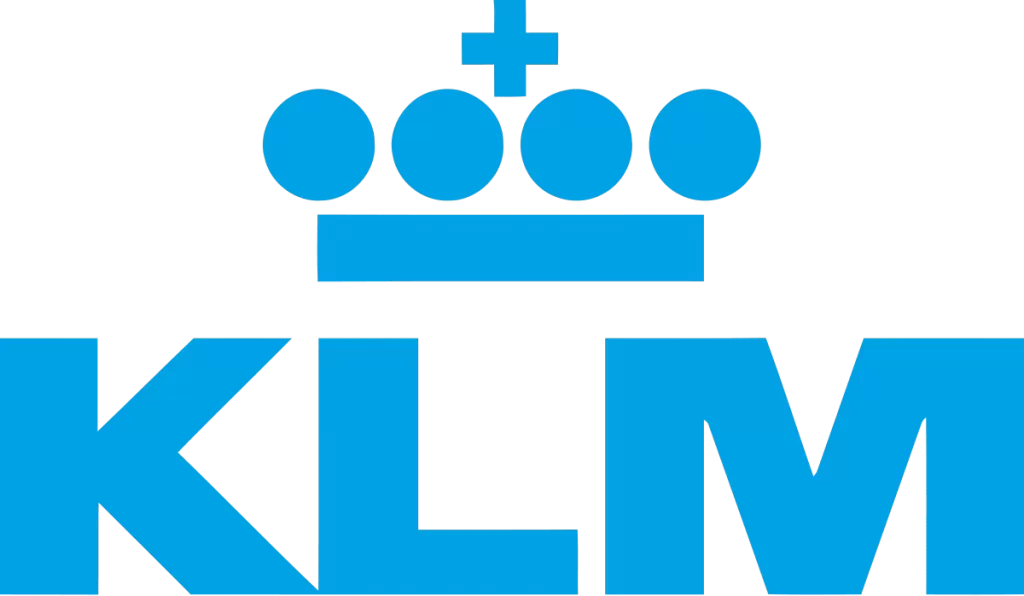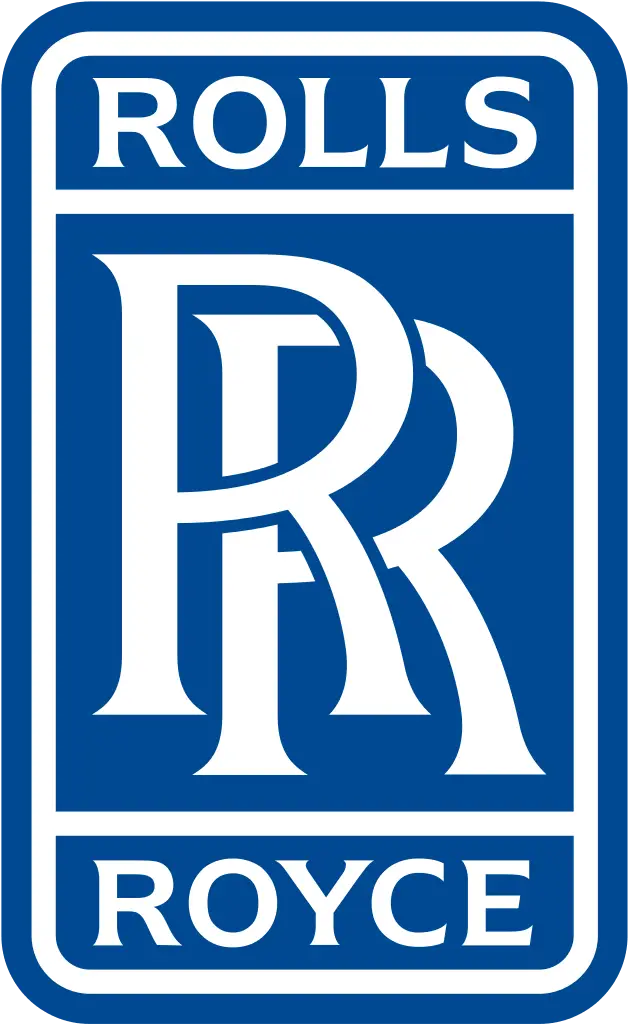Our customer data capture solutions combine a number of our core competencies to deliver end-to-end document processing and data capture solutions. It is ideally suited for outsourcing an end-to-end business process, such as:
- Invoice processing
- Digital mailroom
- Survey processing
- Forms processing, e.g. credit application forms
- Claims handling
By combining a range of services, we can help provide complete control over your data with electronic capture and management solutions.
Secure data capture facilities for processing documents
Dajon has several secure data capture and processing facilities in the UK. This allows documentation to be delivered cost-effectively using local facilities to process both sensitive and personal documentation. These facilities all conform to Dajon’s high operational standards.
Our electronic data capture solutions and systems are built with security and confidentiality in mind so that we can manage even the most sensitive of personal and confidential data. Dajon is uniquely positioned to deliver our customers a complete data capture solution. From collection to processing and data conversion, we combine our expertise, world-class facilities and technology including high-quality scanners and data capture software.
We are ISO27001 certified. ISO27001 is the international standard describing best practice for an Information Security Management System, often shortened to ‘ISMS’.
An Information Security Management System (ISMS) is “part of the overall management system, based on a business risk approach, to establish, implement, monitor, review, maintain and improve information security. The management system includes organisational structure, policies, planning activities, responsibilities, practices, processes and resources” (ISO/IEC 27000:2012).
An ISMS is a systematic approach to managing confidential or sensitive corporate information so that it remains secure (i.e. available, confidential and with its integrity intact). It encompasses people, processes and IT systems, in recognition that information security is not just about anti-virus software, implementing the latest firewall or locking down your laptops or web servers. The overall approach to information security should be strategic as well as operational, and different security initiatives should be prioritised, integrated and cross-referenced to ensure overall effectiveness.

Queen Mary University of London
Recent Project
For 15 years, The GI Physiology Unit had been using long, paper-based questionnaires to capture clinical information from patients on their health-related problems.
Dajon came up with a solution on how to easily capture data from the new questionnaires and convert these into meaningful information.
A complete electronic data capture solution
As part of our data capture solutions, we can provide an online document management tool, accessible over the Internet via a browser. This simplifies the deployment and keeps implementation costs down.
Once processed the original documents can be stored in one of our long-term storage facilities if there is either a practical or regulatory need to retain the original documents.
The system can be easily configured using in-built workflows to replicate your business processes. Security is built-in, each user can be assigned permissions to control who has access to the data along with an audit trail of who has accessed and changed the documentation.
All our data capture facilities are equipped with the latest scanning technology to support high-speed bulk scanning or processing of documents. We use several data capture methods or techniques ranging from automatic data capture to single-page manual data capture or data entry.
Document Scanning and Optical Character Recognition (OCR)
During the scanning or processing of a document, we can use high-speed OCR to provide automatic data capture, this keeps costs low. However, significant preparation and thought needs to be given to the form design to maximise quality, and keep errors low to sustain a low cost in terms of processing.
Data Entry and Verification
Our data capture services are designed to enable us to support data entry services in English, and other languages, including Japanese, Chinese, and French.
Data Output
Dajon’s data capture team includes experienced developers which means we can provide the data in most common formats either online via a download or CD.
Trusted to deliver by






What our clients have to say
We have used Dajon Data Management for the scanning of our financial records. They have carried out their work in a very efficient and cost effective manner….we highly recommend them.
Southwark Council
I have come to greatly appreciate Dajon’s helpful and always friendly customer service, attention to detail and efficient way of handling our archiving and scanning jobs. I am happy to recommend Dajon Data Management.
Caxton Europe Asset Management
Dajon provided us with a measured and cost effective solution to a problem involving historic record photographs… the digitisation was executed quickly and efficiently and we are already reaping the benefits.
National Army Museum
Frequently Asked Questions
- What is a data capture system?A data capture system is a technological solution designed to collect, process, and store data from various sources. These systems typically include hardware components such as scanners, sensors, and mobile devices, as well as software for data collection, validation, and storage. The primary function of a data capture system is to automate the data entry process, minimising manual input and reducing errors. Advanced data capture systems can also integrate with other business applications, enabling seamless data flow across different departments and improving overall operational efficiency.
- Who uses EDC?EDC systems are widely used across multiple industries. In clinical research, pharmaceutical companies and healthcare organisations employ EDC to collect and manage clinical trial data efficiently. In the financial sector, banks and insurance companies use EDC for processing applications, managing transactions, and ensuring compliance. Manufacturing and logistics companies leverage EDC to track inventory, manage supply chains, and monitor production processes. Government agencies and educational institutions also utilise EDC for various administrative and operational purposes. Essentially, any organisation that requires accurate, real-time data collection and management can benefit from EDC systems.
- What is capture management process?The capture management process refers to the systematic approach to managing the data capture lifecycle, from data collection to storage and utilisation. This process involves several key steps:
- Data Collection: Gathering data from various sources using appropriate tools and methods.
- Data Validation: Ensuring the accuracy and completeness of the collected data through real-time validation checks.
- Data Storage: Storing the validated data in a secure and organised manner, typically in a centralised database.
- Data Integration: Integrating the captured data with other business systems and applications to ensure seamless data flow.
- Data Analysis: Analysing the data to derive meaningful insights and support decision-making processes.
- Data Governance: Implementing policies and procedures to ensure data quality, security, and compliance with regulations.
- What is a data capture strategy?A data capture strategy is a comprehensive plan that outlines how an organisation will collect, manage, and utilise data to achieve its business objectives. This strategy involves selecting the appropriate data capture methods, defining data quality standards, and implementing the necessary tools and technologies. Key components of a data capture strategy include identifying the types of data to be captured, determining the sources of data, establishing data governance policies, and ensuring compliance with relevant regulations. A well-defined data capture strategy helps organisations optimise their data collection processes, enhance data quality, and gain valuable insights from their data.
- What is electronic capture and how does it work?Electronic data capture (EDC) refers to the process of collecting and managing data electronically, rather than using traditional paper-based methods. EDC systems utilise specialised software to capture data directly into a digital format, streamlining the collection process and improving accuracy. These systems can collect data from various sources such as online forms, sensors, barcodes, and mobile devices. The data is then validated in real-time, reducing the likelihood of errors and ensuring high data quality. Once captured, the data is stored in a centralised database where it can be easily accessed, analysed, and integrated with other systems.